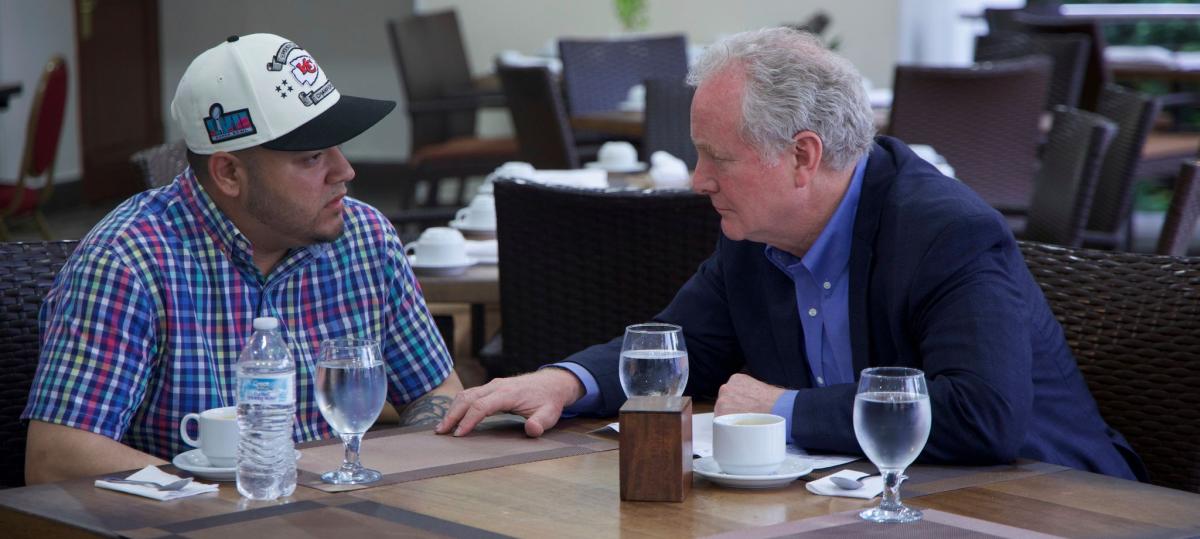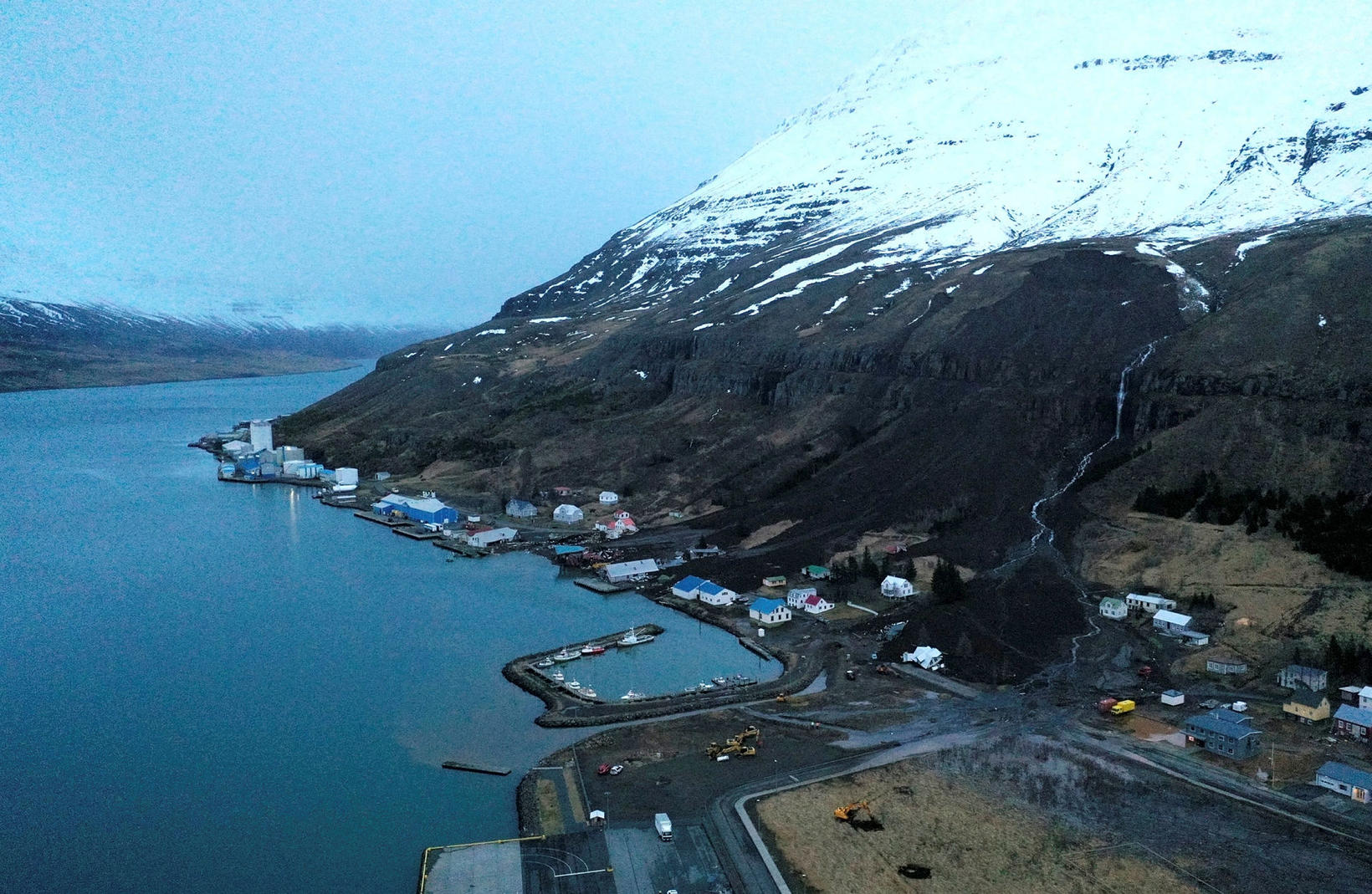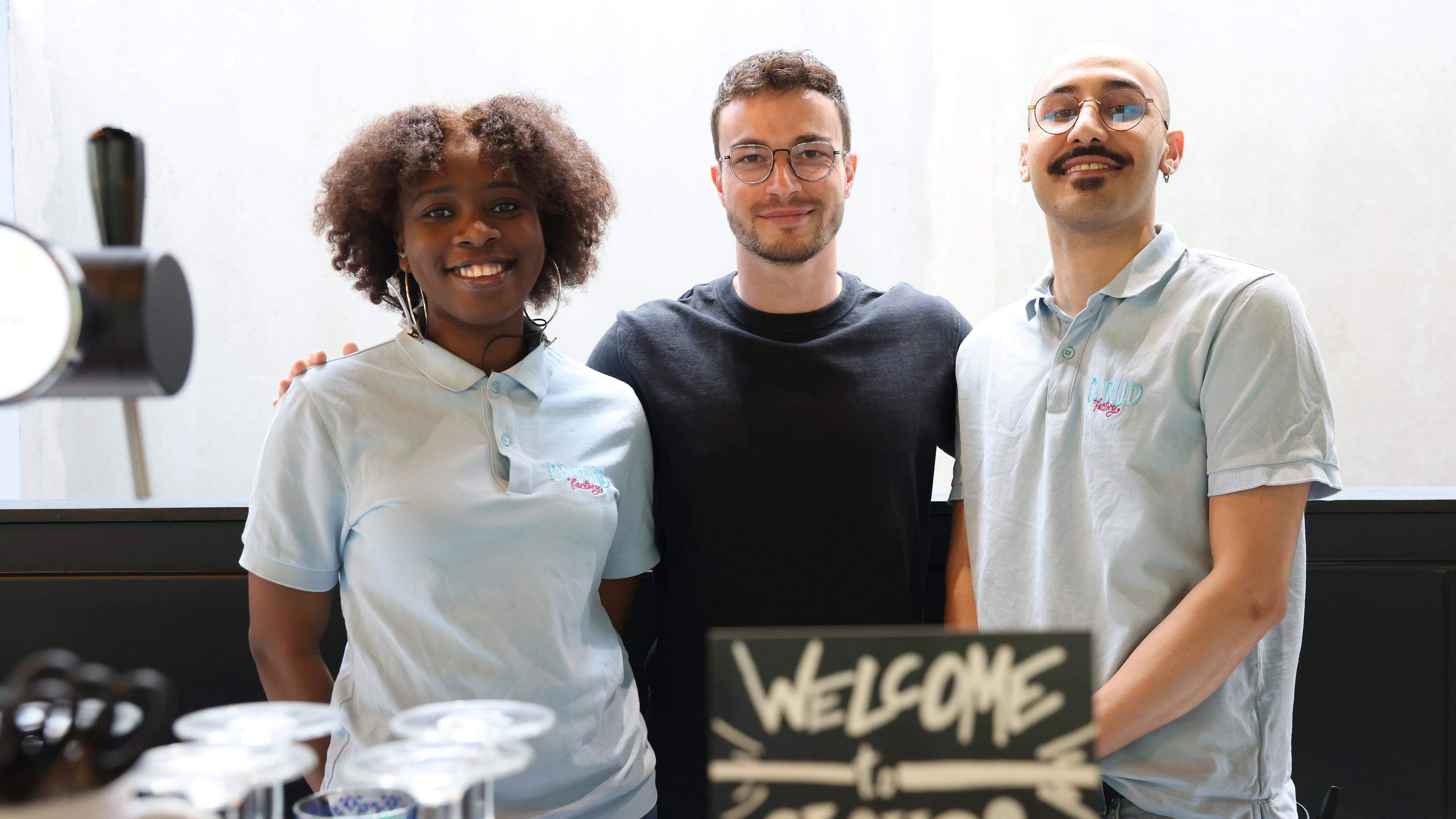Solution against the full power grid? Buses that run more often when the sun is shining
/s3/static.nrc.nl/images/gn4/data130210618-900207.jpg)
Shin the sun yesterday? Then today the buses run more often. Will it blow hard tonight? Then there is enough wind energy for extra subways, trams or trains in the rail booklet.
They are called ‘dynamic timetables’. By allowing trains or (electric) buses to run more at times when there is a lot of sustainable energy – for example during the day in sunny weather – and less at peak times of the power grid, the consumption can be better tailored to energy production.
Now that is not that far. Public transport travelers do not yet have to (also) look at the weather forecast-and not only at OV app-to know when their train, bus, metro or tram will go. But the dynamic timetable is a solution that studies public transport for the overcrowded power grid.
Untenable
The government and the network operators would like large consumers such as public transport to contribute more to solving the Netcongestie in the Netherlands. It is gradually becoming untenable. The number of companies that are waiting for a new or heavier electricity connection doubled in the past six months to more than 20,000 (figures from Netbeheer Nederland, state of 1 January 2025). That waiting list damages many climate ambitions. Because companies cannot get started with the energy transition for which they need electricity.
« Large consumers can help spreading the peaks on the power grid, » said Minister Sophie Hermans (Climate and Green Growth, VVD) on Monday. For example, look at the RET city transport operator in Rotterdam. It delivers electricity from its own RET-Net to the municipality and nature manager Zuid-Hollands Landschap at quiet times. Through the « longest extension cord in the city, » they say in Rotterdam. Other carriers also experiment with smart power use. But that is still too small and that is not going fast enough, says the empire. « Transporters should not reinvent the wheel every time, » said State Secretary Chris Jansen (Infrastructure and Water Management, PVV).
That is why central government, network operators and a dozen public transport parties made agreements on Monday in The Hague how public transport can prevent the crowds on the power grid and can ensure that the sector can grow within the (future) limits of the power grid.
In the old tram depot in The Hague, Minister Hermans, State Secretary Jansen and carriers signed an agreement. The two ministries will make a total of 3.2 million euros available for all kinds of smart measures over the next four years. The empire previously made such a sector appointment with the water boards and in terms of Hermans, more will follow.
Priority
As far as Netcongestie is concerned, public transport is both a problem and solution. On the one hand it has to be made more sustainable. Electric driving gives less CO2-Moet, less air pollution, less noise pollution.
Of all travelers kilometers, 80 percent were electric in 2022 (most recent figures). That is mainly due to the train; It runs largely on green electricity in the Netherlands. But only a third of the more than five thousand public transport buses in the Netherlands were emission-free on January 1, 2025. In the Zero Emission Bus transport administrative agreement, the government and carriers have agreed that from 2025 all new OV buses are emission-free. And all buses from 2030.
In Zeeland, for example, the province and the new EBS carrier agreed that from December 2026, if the transport contract starts, « the majority » of the bus rides will be carried out electrically. That will be a considerable task; Now, according to research agency KPVV-Crow, Zeeland has zero-emission buses. Due to production problems and rising costs, manufacturers also have great difficulty delivering enough e-buses.
Charging capacity is also a problem. In Zaandam, e-buses can only charge thanks to companies near the draw that share their electricity at night. Due to its public function, the public transport sector wants priority when applying for new connections. The Netherlands Authority for Consumers & Markets (ACM), which supervises the Stroommarkt in the Netherlands, was initially not included on its list of companies and organizations that are given priority.
The public transport went to the Appeals Tribunal for the business community. That recently stated that the ACM should better substantiate its ‘priority framework’. Whether public transport will (also) also be given priority with new connections, such as police, fire brigade, care and water management, is still unclear.
To bed
On the other hand, public transport can also help to illuminate the pressure on the power grid. Not only with solar panels on draws. This is also possible by taking care of energy that is released such as trams and subways in braking (RET, HTM) or optimizing routes and timetables to reduce your own consumption.
But also by sharing the powerful power supply, which carriers need for the busiest part of the day, with third parties at quieter moments. Director Jaap Bierman of the Hague city transport operator HTM said on Monday that his company should appeal to his full current capacity (200 megawatts) in just 5 to 10 percent of the time.
For the Hyperspits between half past seven and half past eight in the morning, carriers need a lot of equipment (long trains, extra buses) and charging capacity. The rest of the day they transport ‘warm air’ at times, says NS director Wouter Koolmees always. Then it is obvious to deliver the power capacity to third parties, as RET does.
A meeting is that the Hyperspits in public transport falls at a different time than the largest power demand of households. It is between four in the afternoon and nine in the evening. Then people get home, their e-car hangs on the charger, start cooking electrically, turn on the lighting and the TV. If it becomes too full on the electricity grid, the network operator could switch on ‘OV stream’. In the future also with written off electric buses, HTM director Bierman thinks who serve as mobile batteries. And when most people go to bed, the carriers use the power again to charge their e-buses.

/s3/static.nrc.nl/images/gn4/stripped/data133306951-418567.jpg|https://images.nrc.nl/Aqhex4vuXDkTG2ibAuxQ999h3pQ=/1920x/filters:no_upscale()/s3/static.nrc.nl/images/gn4/stripped/data133306951-418567.jpg|https://images.nrc.nl/IUxmNDWQ6SsEQ92WXa797HqINn0=/5760x/filters:no_upscale()/s3/static.nrc.nl/images/gn4/stripped/data133306951-418567.jpg)
/s3/static.nrc.nl/images/gn4/data133314127-765aec.jpg)
:format(webp)/s3/static.nrc.nl/wp-content/uploads/2025/06/05163439/data133217982-f902a2.jpg)




